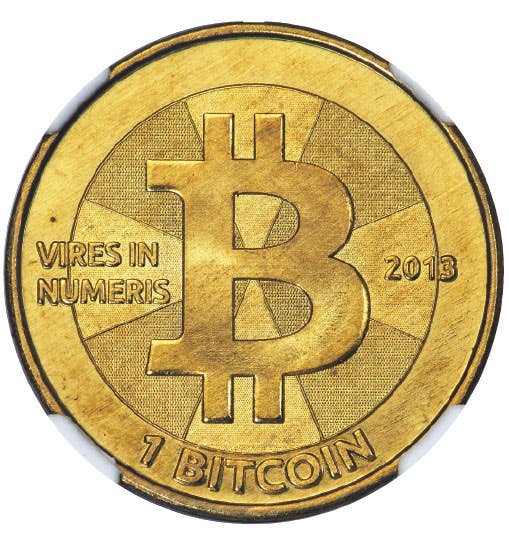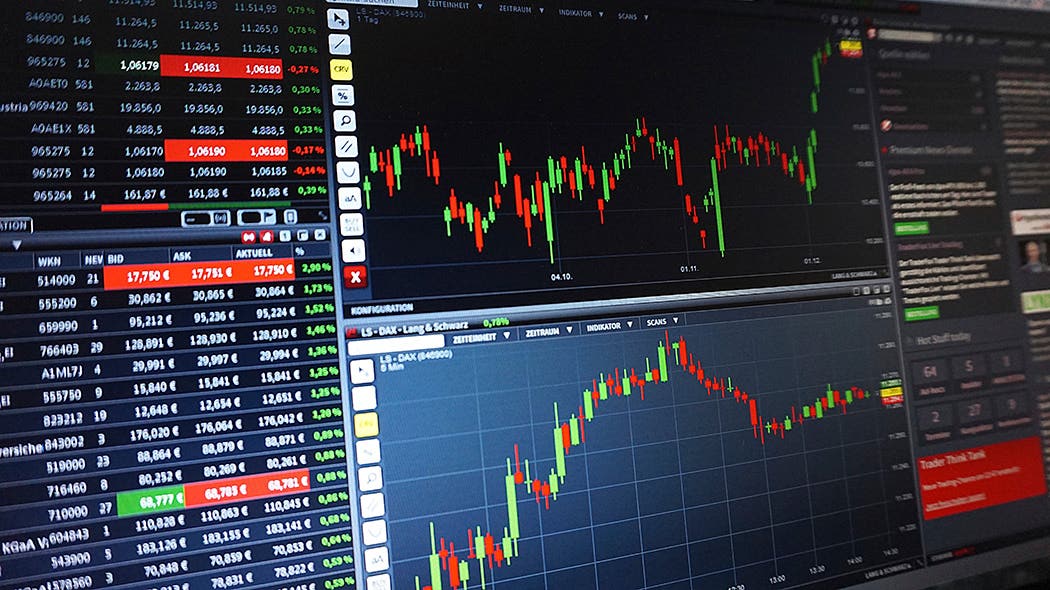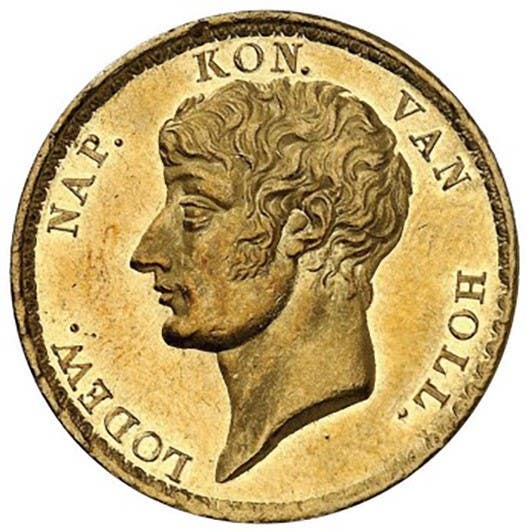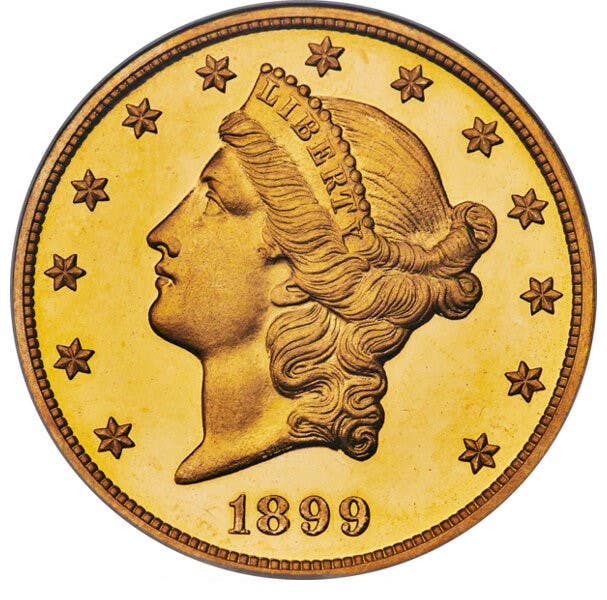Deciding to own physical precious metals
There are a number of speakers and writers who make a solid case for the value of owning some bullion-priced physical precious metals. But once someone has made the judgment…
There are a number of speakers and writers who make a solid case for the value of owning some bullion-priced physical precious metals. But once someone has made the judgment that they should acquire some, there is a dearth of information on what to do to actually acquire some.
Those just starting out want to know where they can go, who they should trust, how much should they pay, and what kinds of products they should purchase.
It has probably happened thousands of times in almost 50 years that customers have walked into my store to say they are interested in buying some gold or silver, but they don’t really have a clue about their options.
To fill this void, I created a presentation titled “Consumer Protections When Buying And Selling Physical Precious Metals.” I have delivered this to general audiences, at investment conferences, to a number of coin clubs, as well as a variety of organizations in my local area.
First, there is significant confusion about “physical” precious metals. There are a number of “paper” forms, such as mining company stocks, precious metals exchange traded funds, certificates of metal on deposit such as at the British Royal Mint, Royal Canadian Mint, and Perth Mint, commodity futures and options contracts, and even “bank accounts” denominated in precious metals. There are pluses and minuses with each of these forms, but in my mind none of them fully satisfy the value of having direct custody of bullion-priced physical precious metals.
First, it is helpful to understand some basic definitions:
• Spot price refers to the price at which a commodity contract trades for on-the-spot (current month) delivery. This price does not include the ancillary expenses of purchasing a commodity contract such as commissions, taxes, insurance, and storage fees. The spot price is a reference point used for calculating the price of specific products.
• Bid and ask prices are what dealers will pay or sell at for different products. To make a profit, dealers set buy prices below their sell prices.
• Troy ounce refers to the Western market system used for weighing precious metals. It is about 10 percent heavier than the avoirdupois ounces used to weigh bananas and humans. One troy ounce is almost exactly 31.1 grams, while the avoirdupois ounce is 28.35 grams. A troy ounce also equals 480 grains or 20 pennyweights.
• Melt value refers to the intrinsic value of the precious metal content. It is derived by multiplying the precious metal content by the spot price for the metal.
• Premium refers to the additional cost above melt value that is paid to acquire a particular fabricated product. For instance, at $1,250 gold spot, a one-troy-ounce gold coin selling for $1,300 would cost a premium of 4 percent.
The buying process involves determining which product choices you are considering, finding reliable dealers, obtaining price comparisons, evaluating delivery standards, and deciding on storage options.
This week, let me give you a sense of the decisions to make when determining which product choices fit your circumstances. Here are some factors to consider among gold products:
• Do you care whether they are U.S.-made or not? Many buyers tend to prefer coins or ingots made in their country.
• Do you care whether they have exact weights (troy ounce or metric)? In the 1980s, when there were not many exact weight gold options, odd-weight older coins such as Austria 100 Coronas (0.9802 troy ounce of gold content) and Mexico 50 Pesos (1.2057 troy ounce of gold content) were quite popular. That popularity has faded since a wide range of exact-weight coins and ingots have come out. Now, more metric weight items are coming out than troy ounce products.
• Do you prefer pure or alloyed gold? Pure forms could be worth slightly more in circumstances where everything is being melted down, whereas alloyed items have the advantage of being able to circulate as money without deteriorating. Residents of China and India, the world’s two largest gold-consuming nations, show a strong preference for pure products.
• Would you prefer coins or ingots? In the United States, coins are far more popular and often have less grief when crossing national borders.
• If liquidity is important, high-volume issues of around the 1 troy ounce size plus the British Sovereign tend to be most liquid.
• If divisibility is important, such as for possible use as a medium of exchange, smaller coins and bars may be worth paying a higher premium to acquire. But a negative is that they have wider buy/sell spreads.
Next week, I will dig into the other considerations involved in purchasing bullion-priced physical precious metals. Have a Happy New Year!
Patrick A. Heller was the American Numismatic Association 2018 Glenn Smedley Memorial Service Award, 2017 Exemplary Service Award, 2012 Harry Forman Dealer of the Year Award, and 2008 Presidential Award winner. He was also honored by the Numismatic Literary Guild in 2017 and 2016 for the Best Dealer-Published Magazine/Newspaper and for Best Radio Report. He is the communications officer of Liberty Coin Service in Lansing, Mich., and writes Liberty’s Outlook, a monthly newsletter on rare coins and precious metals subjects. Past newsletter issues can be viewed at http://www.libertycoinservice.com. Some of his radio commentaries titled “Things You ‘Know’ That Just Aren’t So, And Important News You Need To Know” can be heard at 8:45 a.m. Wednesday and Friday mornings on 1320-AM WILS in Lansing (which streams live and becomes part of the audio and text archives posted at http://www.1320wils.com).
This article was originally printed in Numismatic News Express. >> Subscribe today
If you like what you've read here, we invite you to visit our online bookstore to learn more about The Metal Mania Seminar.
NumismaticNews.net is a participant in the Amazon Services LLC Associates Program, an affiliate advertising program designed to provide a means for sites to earn advertising fees by advertising and linking to Amazon.com and affiliated websites.









